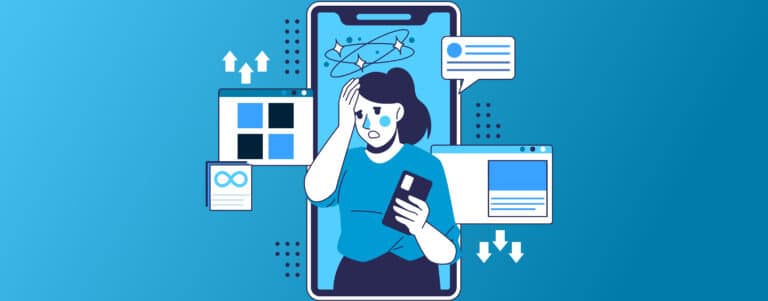Contents
In an increasingly digital world, where websites have become the gateway to information, services, and opportunities, the need for web accessibility and inclusivity cannot be overstated. These concepts are not just about adhering to guidelines or ticking checkboxes; they are about ensuring that your digital presence is open to all, regardless of their abilities. In this article, we’ll explore what web accessibility and inclusivity mean and why they are paramount. We’ll demonstrate how embracing these principles can make your website more welcoming.
Understanding Web Accessibility and Inclusivity
Web Accessibility refers to the practice of designing and developing websites and web applications in a way that accommodates individuals with disabilities. It involves making digital content perceivable, operable, understandable, and robust for all users, including those with visual, auditory, motor, or cognitive impairments. Web accessibility is not only a moral obligation; it’s also often legally mandated in many regions.
Inclusivity, on the other hand, goes beyond accessibility. It’s about designing a digital environment where everyone feels welcome and can actively participate. It embraces the full spectrum of diversity, including factors like age, language, location, and even different technologies used for accessing the web. Inclusivity transcends the notion of a website merely being usable; it ensures that every visitor can engage fully with your content and services.
Why Web Accessibility and Inclusivity Matter
Equal Opportunity: Web accessibility and inclusivity foster equal opportunities. Your website becomes a level playing field, allowing all users to access information, make transactions, and participate in online activities. By embracing these principles, you extend the benefits of the digital age to everyone.
Legal Compliance: Many countries have enacted laws and regulations that mandate web accessibility. Ensuring compliance not only mitigates legal risks but also demonstrates your commitment to upholding the principles of fairness and equal access.
Wider Audience Reach: Designing with inclusivity in mind broadens your potential audience. It taps into the diverse needs and preferences of users, opening new doors for engagement and conversion.
Enhanced User Experience: Prioritising web accessibility and inclusivity often leads to improved user experiences for all. Intuitive navigation, clear content, and adaptable design not only benefit users with disabilities but make your website more user-friendly for everyone.
Positive Brand Image: A commitment to inclusivity and accessibility reflects positively on your brand. It conveys a sense of social responsibility and empathy, resonating with users and reinforcing your brand’s reputation.
Conclusion
Web accessibility and inclusivity are not optional add-ons; they are the cornerstones of a digital landscape that welcomes and serves all users. By choosing us as your partner in web design, you are not only embracing these essential principles but also ensuring that your brand is at the forefront of an inclusive digital future. Let’s make the internet a place where everyone is invited, and everyone feels at home. Contact us today to embark on a journey toward web design excellence that leaves no one behind.










































